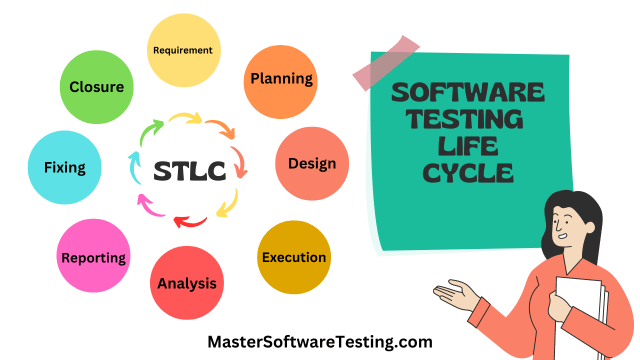
4/24/2023
My latest article - What is Exploratory Testing? Learn with a real world example
 Software Testing Lifecycle: Test Requirement Analysis
Software Testing Lifecycle: Test Requirement Analysis
Test requirement analysis is the first step in the software testing lifecycle.
It is the process of identifying the test requirements, which are the specific requirements that need to be tested. The test requirements are derived from the software requirements, which are the software's specific requirements. The requirement analysis phase comes before test planning.
 Phases of the Software
Testing Lifecycle
Phases of the Software
Testing Lifecycle
 Steps in Test Requirement Analysis
Steps in Test Requirement Analysis
The steps in test requirement analysis are as follows:
Requirement analysis deliverables include:
 Entry and Exit Criteria for Requirements Analysis Phase on STLC
Entry and Exit Criteria for Requirements Analysis Phase on STLC
The entry and exit criteria for the requirements analysis phase in STLC are as follows:
The risks in the Requirement Analysis phase in STLC are as follows:
These are just some risks that can occur during the Requirements Analysis phase. Identifying and mitigating these risks can help ensure the software is developed successfully.
 Tips for performing effective Requirement Analysis
Tips for performing effective Requirement Analysis
Here are some guidelines for conducting an efficient requirement analysis:
By understanding the importance of test requirement analysis and following best practices, you can ensure a successful and efficient software testing process.
Planning and analyzing requirements meticulously has led to smoother testing experiences and higher-quality software deliverables.
In conclusion, test requirement analysis is a critical phase in the software testing lifecycle. It sets the foundation for a well-structured testing process, allowing testers to effectively identify potential risks and allocate resources.
With a clear understanding of the software requirements, testers can develop comprehensive test cases and deliver high-quality software products to clients.